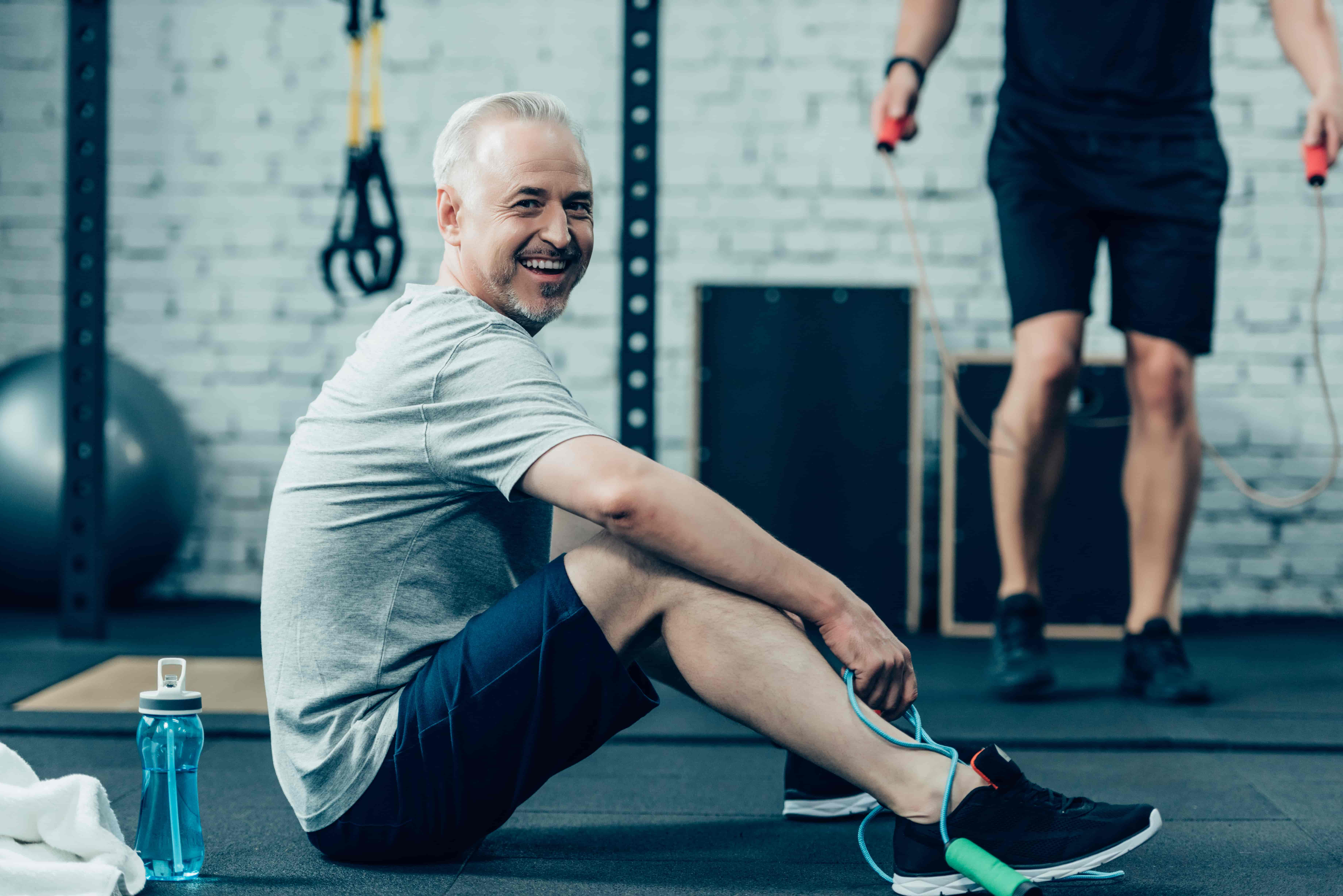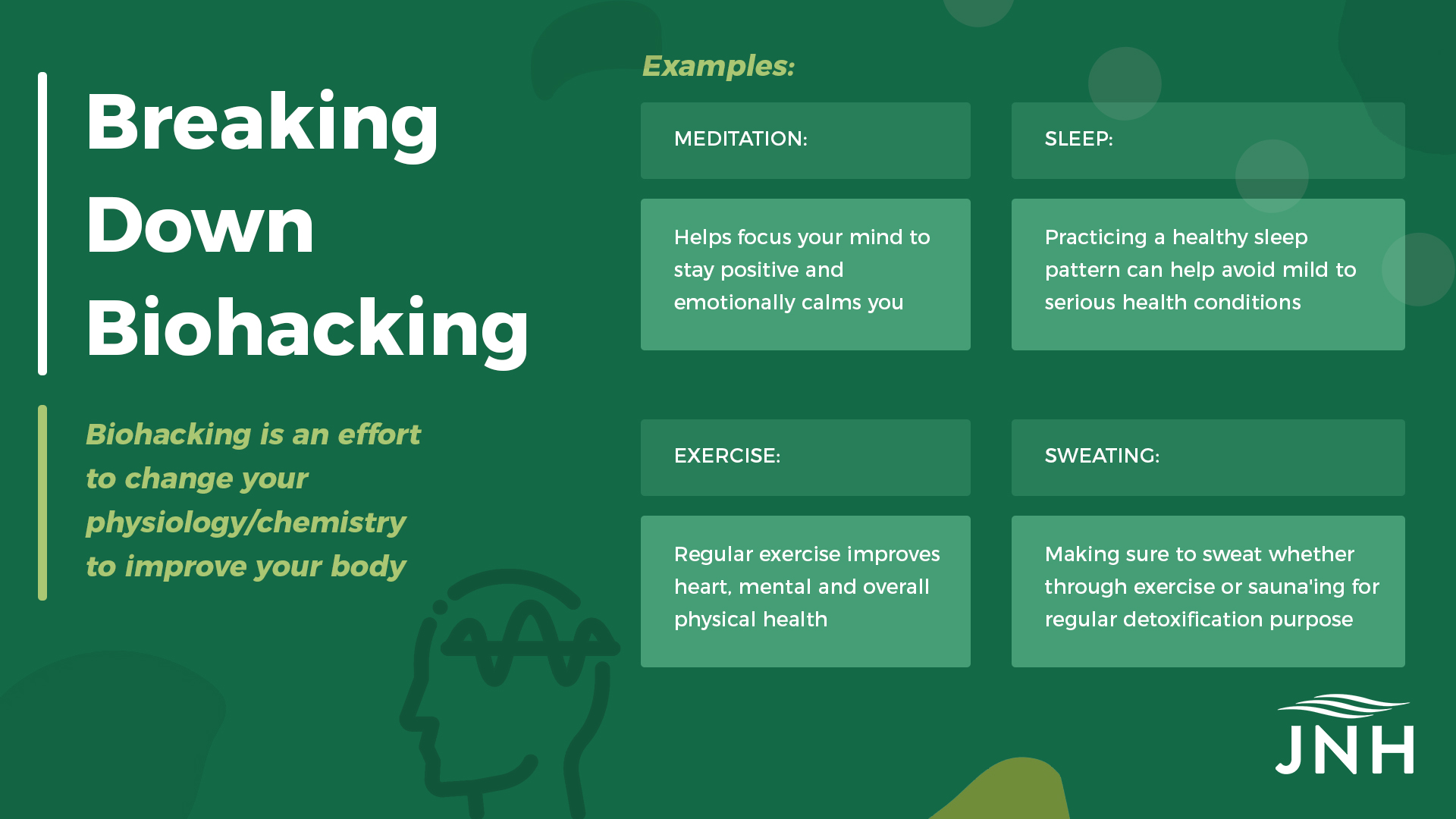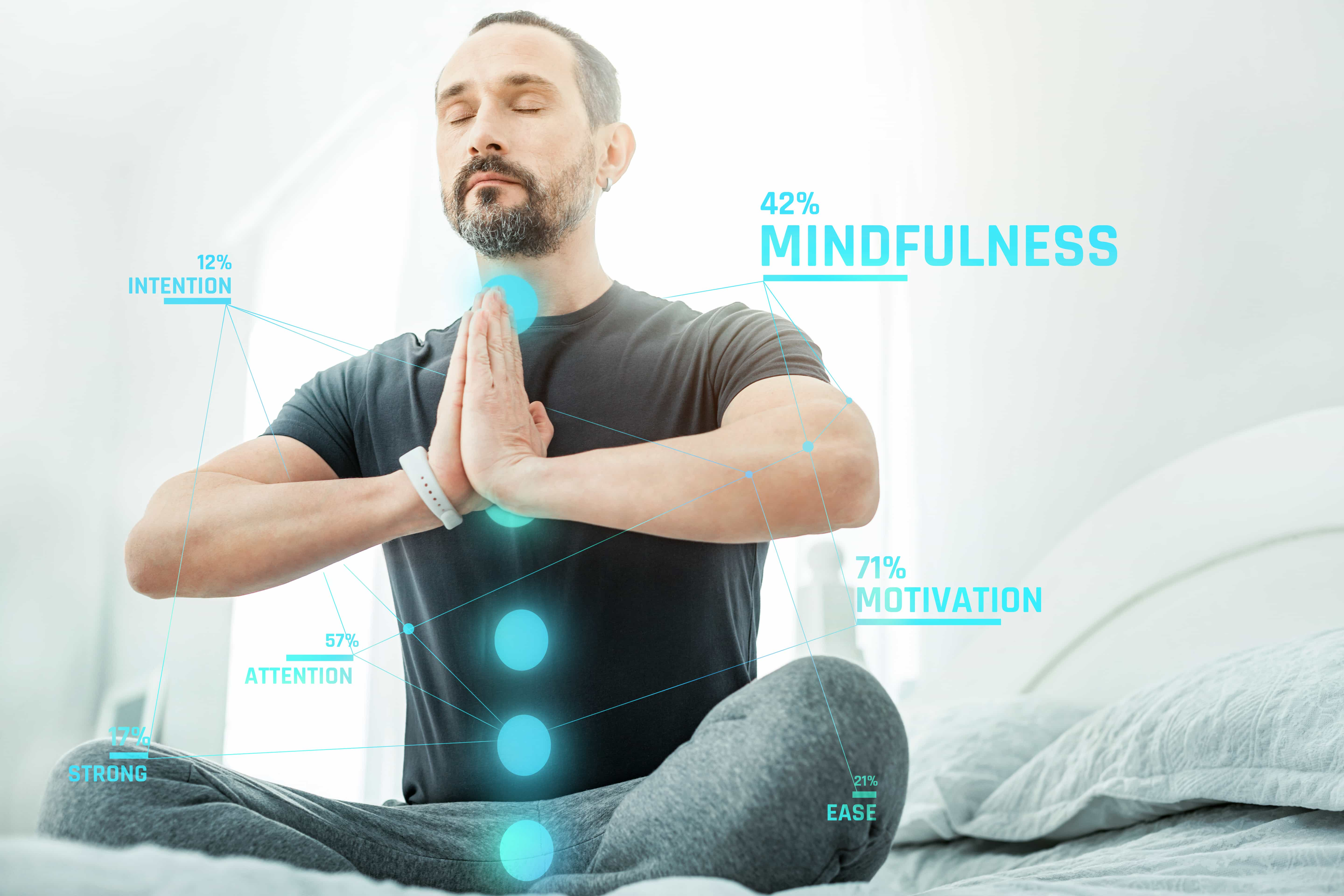Biohacking: The Latest Trend in Health and Wellness
Even though biohacking sounds like something out of a sci-fi movie, it’s not something that came from the minds of writers and big Hollywood studios. While the scientific definition of the term includes gene editing and implants, biohacking is a constantly evolving field that surpasses simple medicine and biology.
Biohackers try to improve their bodies by changing their dietary habits, lifestyle, and with the help of resources that improve health, such as infrared light. It is as simple as drinking the recommended amount of water and having 8 hours of uninterrupted sleep every night. This latest trend in health and wellness is slowly taking over the world, and you can join in by boosting your body and mind. Here is how you can become a biohacker yourself and turn your life for the better in simple ways.
Explaining Biohacking
In a nutshell, biohacking is an effort to change human physiology and chemistry to enhance the body. It includes a lot of methods, from invasive procedures to affordable means that are available to all.
For example, you can start meditating to manage your anxiety [1] and consequently, that may prevent your body from producing cortisol, the stress hormone. If you change your diet to lower your cholesterol levels, you can decrease cardiovascular risks, something that may prevent heart attacks and strokes. In a way, you are hacking your body with these alterations and changing your health. It all comes down to listening to your body and finding the right way to reduce inflammation and energize the cells.
How To Biohack Yourself
Biohacking is the latest trend in health and wellness that anyone can try, regardless of whether you are new to the idea or have some experience. It will take dedication and you may have to get used to some unwanted changes, but after a while, you can experience benefits that will better your quality of life. Here are some of the things you can do to biohack your body and mind:
Meditate

Meditation is a practice that helps you focus your mind on something specific and positive to emotionally calm yourself. It is often included in yoga sessions or psychology, as a means of relaxation. If practiced regularly, meditation can help you control stress and clear your mind to better deal with day-to-day life [2].
Relaxing in a one-person sauna, like JNH’s Joyous Far Infrared Sauna may be an ideal way to spend time with yourself and within the comfort of your own home. Many Native Americans used sweat lodges to meditate and connect with their inner selves.
Sleep
Lack of sleep can lead to various health conditions that range from mild to serious, like obesity and type 2 diabetes [3]. During sleep, the cells regenerate and memory is stored in the brain to make room for new information. It helps you be more productive and learn new things, but also allows the body to heal and reduce inflammation. Various things can cause people to sleep less than recommended and even suffer from sleep disorders, leading to chronic fatigue — something infrared therapy (infrared saunas) can help you with [4].
Exercise

Regular exercise can improve cardiovascular, mental and overall physical health. Based on the World Health Organization, it's recommended to have at least 150 minutes of physical activity in a week. If you spend time in an infrared sauna afterward, like JNH Lifestyles’ Joyous 3 Person sauna, you can enhance your muscle recovery and mitigate inflammation [5]. Exercise can also boost the production of feel-good hormones that may almost immediately improve your mood and reduce anxiety. Paired with infrared therapy, exercise can help you take control of your depression and feel more motivated to tackle stress.
Sweat
Sweat is, besides kidneys and liver, another way for the body to detoxify. It’s not enough to simply sweat in the summer when it’s hot, but this process needs to be deliberately instigated to have positive health effects. Saunas have served as an effective way to release toxins through sweat for millennia, and they are still in use today.
The emergence of infrared saunas has brought a more bearable way to sweat without suffocating in the heavy air and excessive temperatures of traditional saunas. This way, toxins and pollutants that the body was exposed to during the day can be removed through sweat in a relaxing and comfortable environment [6].
Infrared Saunas Help Biohacking
The health benefits of infrared therapy can affect the whole body and help you to start leading a healthy life. Installing one in your home may help you improve your well-being and provide the convenience you won't find in spas or steam saunas.Since significant changes can be overwhelming, it’s wise to have a buddy to do biohacking together.

A bigger infrared sauna, like the JNH's Ensi 3 Person Ultra-Low EMF sauna, will allow your family and friends to share this journey with you since it can fit more people. Not only will you sweat, heal and detoxify together, but will also cheer each other on to continue biohacking your lives.

[1]Goyal, Madhav, et al. (2014). “Meditation Programs for Psychological Stress and Well-being.” jamanetwork.com, JAMA Internal Medicine, March 2014, https://jamanetwork.com/journals/jamainternalmedicine/fullarticle/1809754.
[2]Taren, Adrienne A, et al. (2015). “Mindfulness meditation training alters stress-related amygdala resting state functional connectivity: a randomized controlled trial.” ncbi.nlm.nih.gov, National Center for Biotechnology Information, June 2015, https://www.ncbi.nlm.nih.gov/pmc/articles/PMC4666115/.
[3]Schmid, Sebastian M, et al. (2014). “The metabolic burden of sleep loss.” sciencedirect.com, Science Direct, January 2015, https://www.sciencedirect.com/science/article/abs/pii/S2213858714700129.
[4]Soejima, Y, et al. (2015). ”Effects of Waon therapy on chronic fatigue syndrome: a pilot study.” ncbi.nlm.nih.gov, National Center for Biotechnology Information, 2015, https://www.ncbi.nlm.nih.gov/pubmed/25748743.
[5]Avni D, et al. (2005). “Protection of skeletal muscles from ischemic injury: low-level laser therapy increases antioxidant activity.” ncbi.nlm.nih.gov, National Center for Biotechnology Information, June 2005, https://www.ncbi.nlm.nih.gov/pubmed/15954814.
[6] Sears, Margaret E, et al. (2012). “Arsenic, Cadmium, Lead, and Mercury in Sweat: A Systematic Review.” hindawi.com, Journal of Environmental and Public Health, February 2012, https://www.hindawi.com/journals/jeph/2012/184745/.

